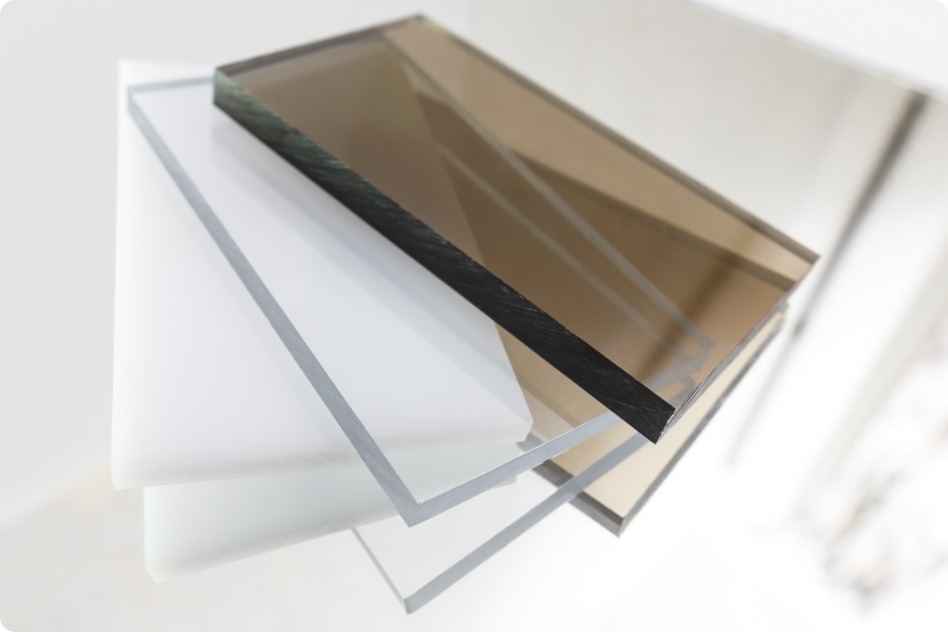Acrylic materials are popular in a wide range of applications, from construction to visual arts. The terms “Acrylic” and “Cast Acrylic” are often used interchangeably, but they refer to different types of acrylic products. In this article, we’ll explore the differences between Acrylic (often referred to as Extruded Acrylic) and Cast Acrylic to help you make an informed decision for your specific needs.
1. Manufacturing Process
Acrylic (Extruded Acrylic):
- Produced by pushing a polymer resin through a shaped die.
- Often more consistent in thickness but less customizable.
Cast Acrylic:
- Created by pouring liquid resin into a mold.
- Allows for greater customization and variations in thickness.
2. Material Properties
Acrylic (Extruded Acrylic):
- Generally softer and can scratch more easily.
- Less resistant to solvents and chemicals.
Cast Acrylic:
- Harder surface and better resistance to scratching.
- Superior resistance to solvents and chemicals.
3. Optical Clarity
Acrylic (Extruded Acrylic):
- Good optical clarity but may contain some impurities.
- Potential for small variations in clarity between sheets.
Cast Acrylic:
- Excellent optical clarity with fewer impurities.
- More uniform in appearance across different sheets.
4. Machinability and Workability
Acrylic (Extruded Acrylic):
- Easier to thermoform and manipulate at lower temperatures.
- Can be more prone to cracking during machining.
Cast Acrylic:
- Superior machinability, but requires higher temperatures for thermoforming.
- Less prone to cracking and can be laser cut with cleaner edges.
5. Price and Availability
Acrylic (Extruded Acrylic):
- Generally less expensive due to the manufacturing process.
- Commonly available in large quantities.
Cast Acrylic:
- Typically more expensive due to the customized production.
- Might be less readily available in standard sizes.
6. Applications
Acrylic (Extruded Acrylic):
- Suitable for large-scale projects where consistency and cost-effectiveness are key.
Cast Acrylic:
- Ideal for specialized applications requiring customization, enhanced durability, and high-quality appearance.
Conclusion
The choice between Acrylic (Extruded Acrylic) and Cast Acrylic depends on your project’s specific requirements, such as durability, clarity, machinability, and budget. While Acrylic offers a cost-effective solution for large-scale applications, Cast Acrylic provides greater customization and enhanced properties for specialized needs. Understanding these differences enables you to select the right material for your project, ensuring both functionality and aesthetics are met.


